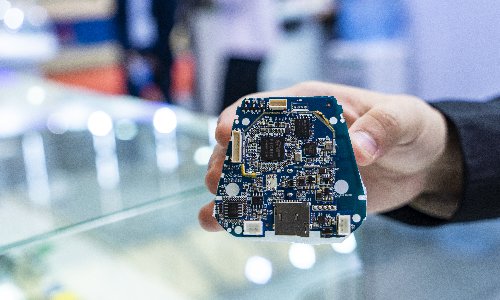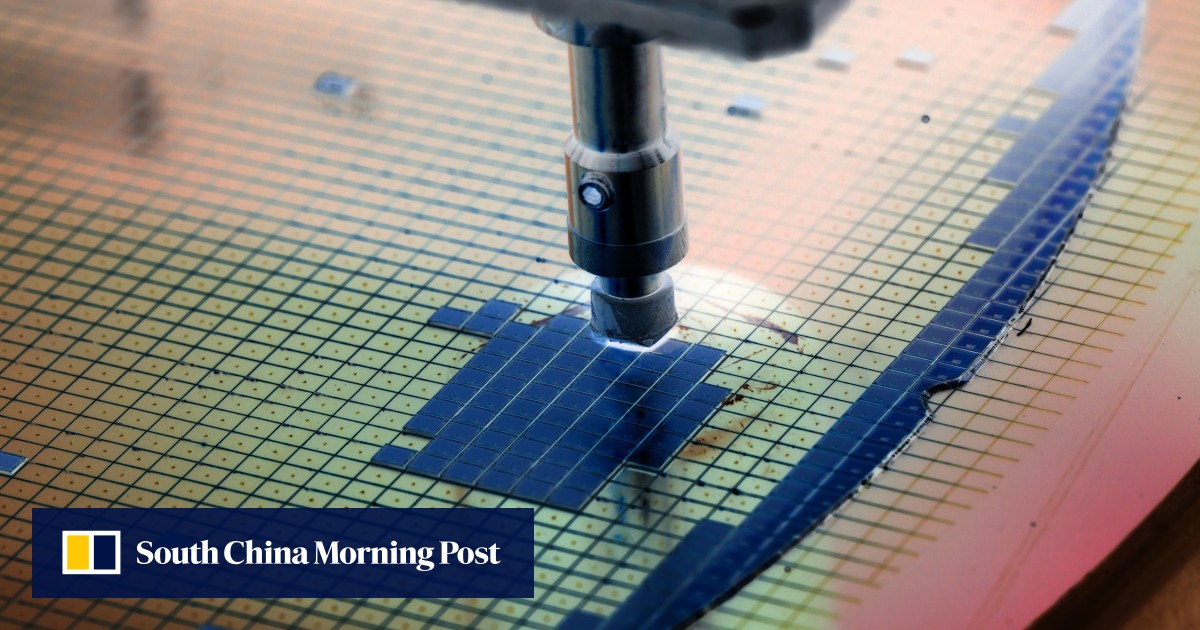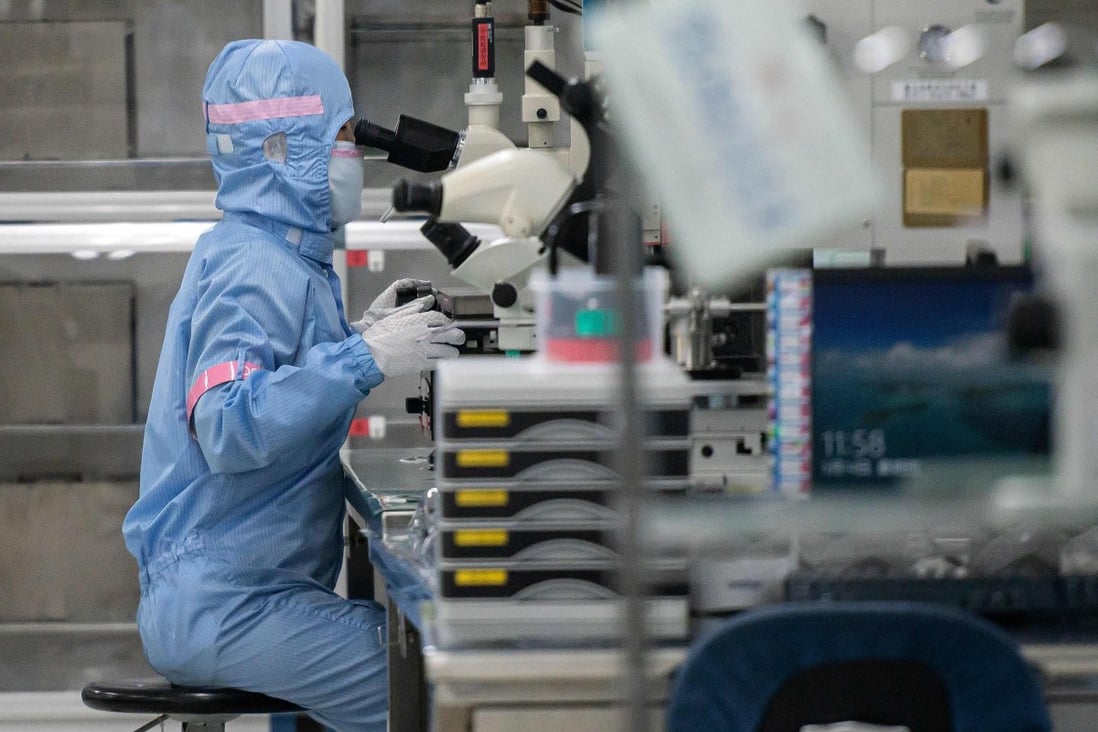E
ekemenirtu
Guest
Controversial Wuhan semiconductor maker dismisses all staff in sign of a total failure
By Global TimesPublished: Feb 28, 2021 05:21 PM
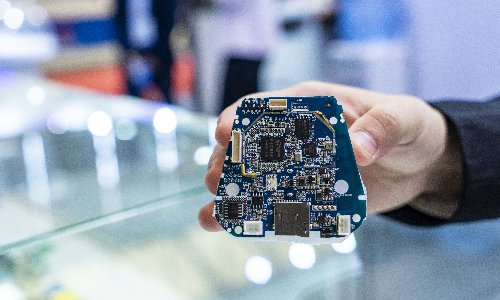
An employee showcases a semiconductor integrated circuit at an industry expo on October 31. Photo: VCG
Chinese controversial semiconductor maker Wuhan Hongxin Semiconductor Manufacturing Co (HSMC) has reportedly issued a noticed to dismiss all staff members, which industry analysts said may be a sign of the total failure of the problematic project but will be unlikely to affect future investment into the country's semiconductor sector.
"Given the company's status quo, there is no plan for business resumption. All staff members have to submit resignation letters before Sunday and complete departure clearance before March 5. Those who are on a vacation can finish the process online," industry website ijiwei.com reported, citing sources familiar with the matter.
The report said that HSMC currently has at least 240 employees, but whether these employees will have severance pay remains unknown.
The official website of HSMC could not be logged into on Sunday.
"The fallout of HSMC is within expectations as problems about the project have been exposed two years ago, which, however, doesn't reflect the situation of the country's semiconductor industry as a whole," Ma Jihua, a veteran industry analyst, told the Global Times on Sunday.
HSMC, founded in November 2017, planned to make wafers with advanced logic technology in sizes of 7 nanometers and 14 nanometers. Each of the production lines was expected to make 30,000 pieces per month. The plan also called for a wafer-level advanced packaging production line.
However, the projects grounded to a halt in mid-2020 due to a lack of funds. In November 2020, it was had reportedly been fully taken over by the local unit of the State-owned Assets Supervision and Administration Commission of the State Council in Dongxihu district in Wuhan, Central China's Hubei Province.
Fu Liang, a Beijing-based telecom industry expert, said that the failure of the scale project is in part due to a hasty launch without a systemic and thorough planning, as well as deepen pre-investment investigations.
It's worth noting that the company has pledged an advanced lithography machine which it had bought from Dutch company ASML as mortgage to a bank for loans worth 580 million yuan ($89.61 million) at the end of 2019.
"Though not the most cutting-edge technology, the machine is advanced," Fu said, noting that even if it enters services, foreign talent is needed to conduct long-term maintenance of the machine.
Ma said that the failure of HSMC, if not a hoax itself, will have no impact on the heating investments in the semiconductor sector, as failures are normal in the process of tens of thousands of start-ups striving for innovation to make breakthroughs in stranglehold areas.
"There may be more failures in the sector in the future, as there are too many start-ups established two or three years ago, but any loss is unavoidable and we should take a long-term view," Ma said.

Troubled Chinese semiconductor plant has ‘no plans’ to resume operations
Employees at Wuhan Hongxin Semiconductor Manufacturing Co, ‘asked to resign’ via WeChat message, media report says.
Troubled Chinese semiconductor plant has ‘no plans’ to resume operations, 240 lose their jobs
- Employees at Wuhan Hongxin Semiconductor Manufacturing Co ‘asked to resign’ via WeChat message, media report says
- No explanation given, no compensation offered, they say
Topic | China economy
Cissy Zhou
Published: 8:00pm, 27 Feb, 2021
Why you can trust SCMP
568
22


The demise of a semiconductor manufacturing plant in Wuhan is another blow to China’s ambitions to become self-sufficient in computer chips. Photo: Shutterstock
Hundreds of people are set to lose their jobs at a
semiconductor
manufacturing plant in Wuhan that was once touted as part of the country’s plans to become a self-sufficient chip maker, according to Chinese media reports.
Employees at Wuhan Hongxin Semiconductor Manufacturing Co (HSMC) – intended as a US$20 billion state-of-the-art facility – were “asked to resign” by the end of play on Monday via a WeChat message, Caixin Media reported on Saturday.
The factory, in central China’s Hubei province, said in the notice it had “no plan to resume work and production”. Employees were quoted as saying they had not been offered any compensation or given an explanation for the closure.
Other reports said as many as 240 people would lose their jobs.
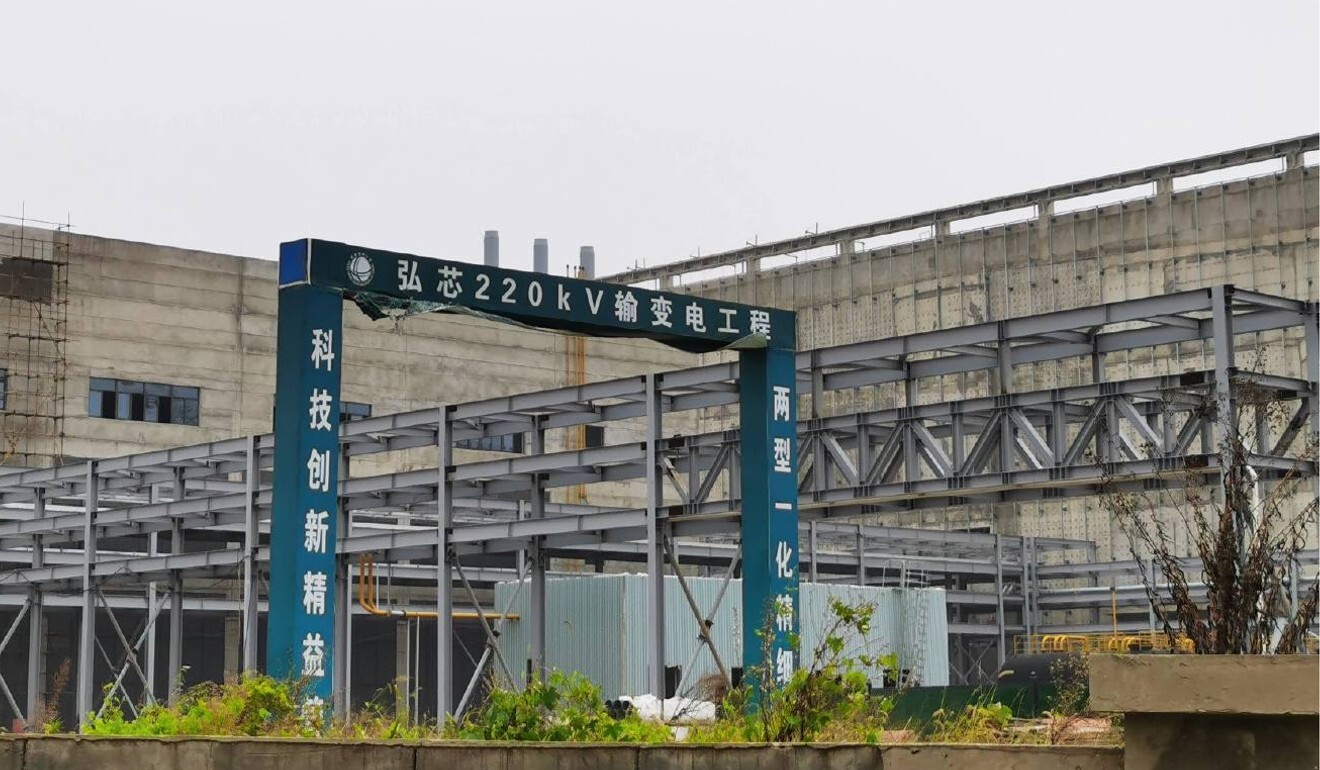
HSMC was launched in 2017 but faced difficulties from the outset. Photo: Weibo
HSMC was launched in November 2017 as part of a local government investment plan. The authorities said at the time that once running at full capacity the facility would create 50,000 jobs directly or indirectly, and have an annual output of 60 billion yuan (US$9.25 billion).
But the project was suspended two years later when much of its land was seized by a local court after the general contractor defaulted on payments.
In 2019, the company hired Chiang Shang-yi, a senior executive of Taiwan Semiconductor Manufacturing Co, the world’s biggest chip maker, as its chief executive. Describing his experience with HSMC as a “nightmare”, Chiang resigned in mid-2020.
In November last year, the plant was t
aken over by the Dongxihu district government
due to funding problems.

Chiang Shang-yi described his time as CEO of HSMC as a nightmare. Photo: Handout
The failure of the project is the latest setback to China’s ambitions to become self-sufficient in chips. The country has long relied on supplies from the United States, but tensions and trade restrictions between the two countries have made it difficult for Chinese technology firms to access the components they need.
Beijing reiterated the need to become self-sufficient in the technological field in its latest five-year plan for the 2021-25 period.
Although HSMC is not the first semiconductor project to fail – many of China’s efforts to develop a semiconductor industry have been dogged by poor planning and financing problems – concerns were raised almost from its inception. The project’s founders, Li Xueyan and Cao Shan, had no experience in the semiconductor industry and few in the sector had even heard of them.
After more than 10 high-profile, government sponsored semiconductor projects were reported to have gone bust over the past two years, the National Development and Reform Commission (NDRC) said in October that Beijing would strengthen supervision of new entrants into the “chaotic” industry.
NDRC spokeswoman Meng Wei said the economic planning agency would work with other state departments to better supervise semiconductor projects and protect against resources being wasted.
China imported US$350 billion worth of chips in 2020, an increase of 14.6 per cent from the previous year, according to customs data.

